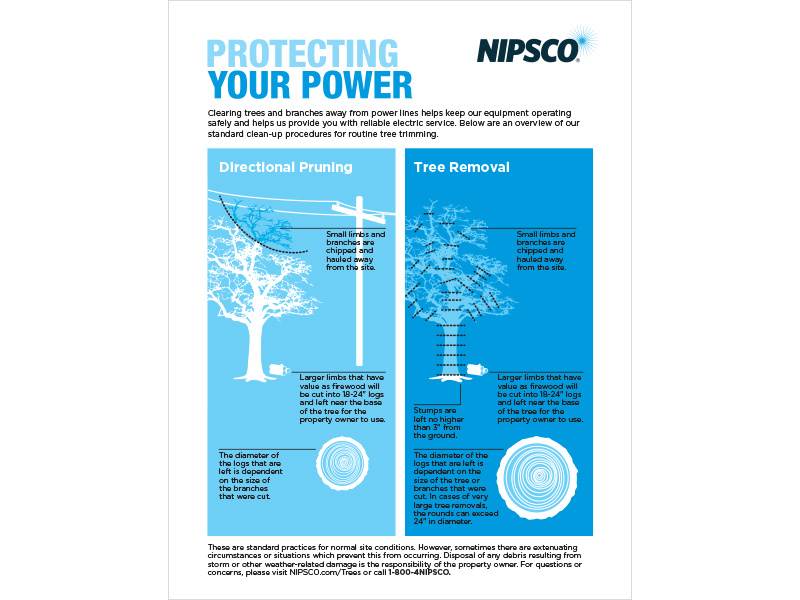Indication For Tree Elimination: Exactly How To Identify Dangerous Trees
Indication For Tree Elimination: Exactly How To Identify Dangerous Trees
Blog Article
Content Composed By-Lillelund Hubbard
When it comes to tree treatment, identifying the signs that it's time for removal is crucial for your safety and security and building. You may notice stained leaves, wilting branches, or strange fungal developments showing health problems. Structural problems, like a significant lean or cracks in the trunk, can also posture risks. Recognizing these indication can help you make informed choices about your trees and stop possible hazards hiding in your yard. What should you try to find following?
Signs of Degeneration and Condition
When you discover signs of decay and illness in your trees, it's critical to act promptly. Seek tarnished fallen leaves, wilting branches, or uncommon growths like fungi. These can suggest that your tree is battling.
If you see cracks in the bark or soft, mushy wood, these signs and symptoms suggest inner decay. Furthermore, an unexpected boost in bugs around your tree can indicate that it's deteriorated and vulnerable.
Look for any type of dead or passing away arm or legs, as they pose a threat to your residential or commercial property and safety. If you doubt about what you see, consulting an arborist can offer clearness.
Addressing these signs early can save you from a lot more comprehensive damage and ensure the health and wellness of your backyard. Do not wait until it's far too late.
Structural Instability and Leaning
As you observe your trees, keep an eye out for any kind of signs of architectural instability or leaning. If a tree leans considerably, it might indicate that the root system is jeopardized.
Look for any fractures in the trunk or soil around the base; these can signify possible failure. In addition, check for uncommon development patterns, like an uneven crown, which might suggest that the tree is battling to hold itself upright.
If you notice that the tree leans toward your home, power lines, or various other structures, it presents a better danger. Don't overlook these indications-- consult an arborist to assess the situation.
Taking action early can protect against pricey damages and ensure your safety.
Dead or Perishing Branches and Vegetation
If you notice dead or passing away branches and vegetation on your tree, it's a clear indicator that something's incorrect.
https://www.google.com/maps/uv?pb=!1s0x87695392e3f6d517%3A0xc91102aef5ddf5d8!5sPrecision%20Timber%20Felling!15sCgIgARICEAE&authuser=2&imagekey=!1e10!2sAF1QipPwt8D_FwgIaTFoqW319KnBiroKF1jAIBMvzywN can suggest underlying problems like disease, insect invasions, or environmental stress and anxiety. When branches shed their leaves or turn brownish, they're no more contributing to the tree's wellness. Neglecting these indications can cause additional decrease, making your tree a lot more hazardous.
Dead branches can conveniently break short throughout tornados, posturing a risk to property and individuals close by. It's important to assess the degree of the damages.
If the trouble affects a substantial part of the tree, consider getting in touch with an expert. They can help figure out if removal is required to make certain safety and keep the beauty of your landscape.
Conclusion
If you discover any kind of indications of decay, structural instability, or dead branches on your trees, don't overlook them. These indicators can position serious safety and security risks to you and your property. https://www.clickondetroit.com/business/2020/03/26/michigan-gov-whitmer-no-golf-can-returns-laundromats-ok-in-shutdown/ 's always best to speak with an expert arborist that can supply an expert assessment of your trees. Taking action early can stop mishaps and costly damage, guaranteeing your landscape continues to be safe and healthy. Keep in mind, it's much better to be positive regarding tree care than to await a catastrophe to occur.
